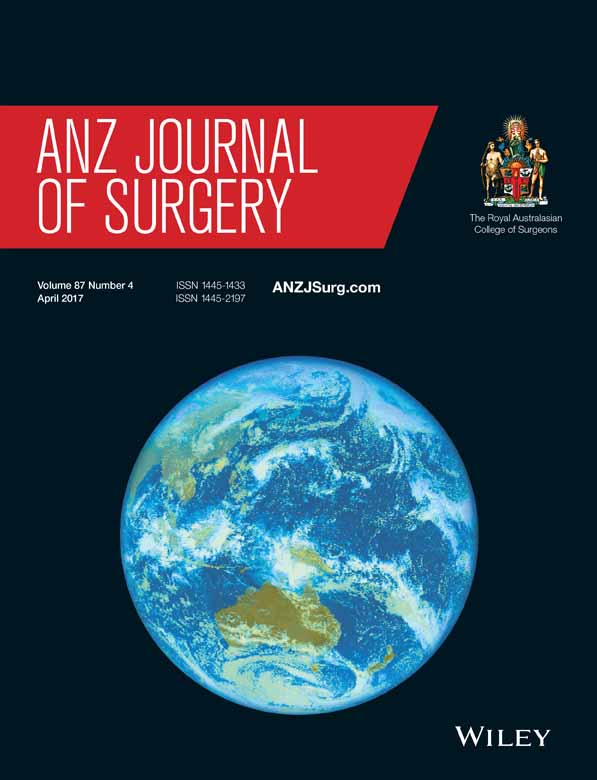Response of an ovine laryngeal injury model to a novel fibrosis inhibitor
Abstract
Background
Vocal fold injury results in severe voice alteration that limits occupational function and social interaction. An ovine model of laryngeal injury has been developed, validated and utilized to examine laryngeal wound healing and the effect of a novel collagen inhibitor (halofuginone) on surgical wound healing. The study design includes basic research and animal model.
Methods
An ovine laryngeal model was utilized to study controlled vocal fold injury and healing. Twenty-five sheep were divided into five groups. Sheep underwent right vocal fold injury preceded or followed by administration of halofuginone orally, topically or intralesionally. Biopsies were taken at commencement, 1 month and larynges explanted at 3 months. Specimens were examined for elastin and collagen density and epithelial changes. Pearson correlation statistics and Student's t-tests were used to assess inter-relationships.
Results
All sheep tolerated halofuginone. One sheep death occurred in an untreated sheep. Vocal fold tissue demonstrated a predictable histological response to injury. Elastin was significantly reduced post-injury in the glottis. Halofuginone administered orally for 10 weeks prevented elastin loss and demonstrated a trend of reducing collagen density post-injury.
Conclusion
In an ovine laryngeal injury model, administration of a fibrosis inhibitor resulted in altered elastin and collagen deposition after injury in the glottis. Further investigation is warranted to examine whether these tissue changes affect vocal fold dynamics.




